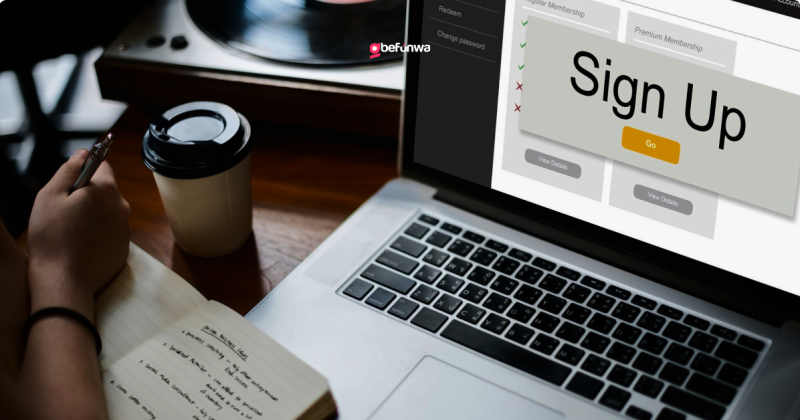
WordPress is a popular content management system (CMS) used by millions of websites worldwide. While it’s known for its ease of use and flexibility, even experienced users can make mistakes that can impact their website’s performance, security, and search engine optimization (SEO). In this article, we’ll explore five common WordPress mistakes and provide step-by-step guides on how to fix them.
Failure to update WordPress core, themes, and plugins can leave your website vulnerable to security exploits and bugs.
1. Log in to your WordPress dashboard
2. Click on the “Updates” link in the left-hand menu
3. Update WordPress core, themes, and plugins individually or in bulk
Weak passwords and unlimited login attempts can compromise your website’s security.
1. Use a strong password generator to create unique passwords
2. Install a plugin like Limit Login Attempts or Wordfence Security
3. Configure the plugin to limit login attempts and lock out IP addresses
Unoptimized images and media files can slow down your website’s loading speed.
1. Install a plugin like TinyPNG or ShortPixel
2. Configure the plugin to compress images and media files
3. Optimize existing images and media files in bulk
Failure to use a caching plugin can slow down your website’s loading speed.
1. Install a plugin like W3 Total Cache or WP Super Cache
2. Configure the plugin to cache pages, posts, and other content
3. Set up expiration times and cache clearing schedules
Failure to back up your website regularly can result in data loss in case of a hack, crash, or update gone wrong.
1. Install a plugin like UpdraftPlus or VaultPress
2. Configure the plugin to back up your website automatically
3. Set up backup schedules, storage locations, and retention periods
By avoiding these common WordPress mistakes and following the step-by-step guides provided, you can ensure your website is secure, fast, and optimized for search engines. Remember to stay vigilant and keep your WordPress core, themes, and plugins up to date to prevent future mistakes.
Deborah Oludimu is an experienced content writer with 3+ years of experience. She is skilled in research, writing, and editing to produce high-quality, engaging content across industries. Deborah is passionate about creating content that informs and inspires
© 2025 GBEFUNWA.COM. All rights reserved.
The WordPress® trademarks are the intellectual property of the WordPress Foundation, and the Woo® and WooCommerce® trademarks are the intellectual property of WooCommerce, Inc. Uses of the WordPress®, Woo®, and WooCommerce® names in this website are for identification purposes only and do not imply an endorsement by WordPress Foundation or WooCommerce, Inc. gbefunwa is not endorsed or owned by, or affiliated with, the WordPress Foundation or WooCommerce, Inc.